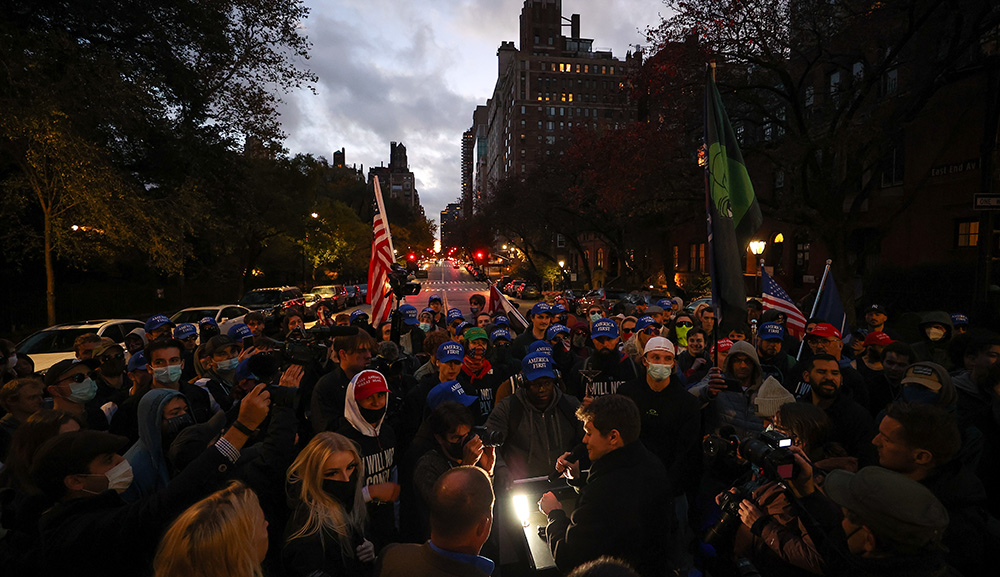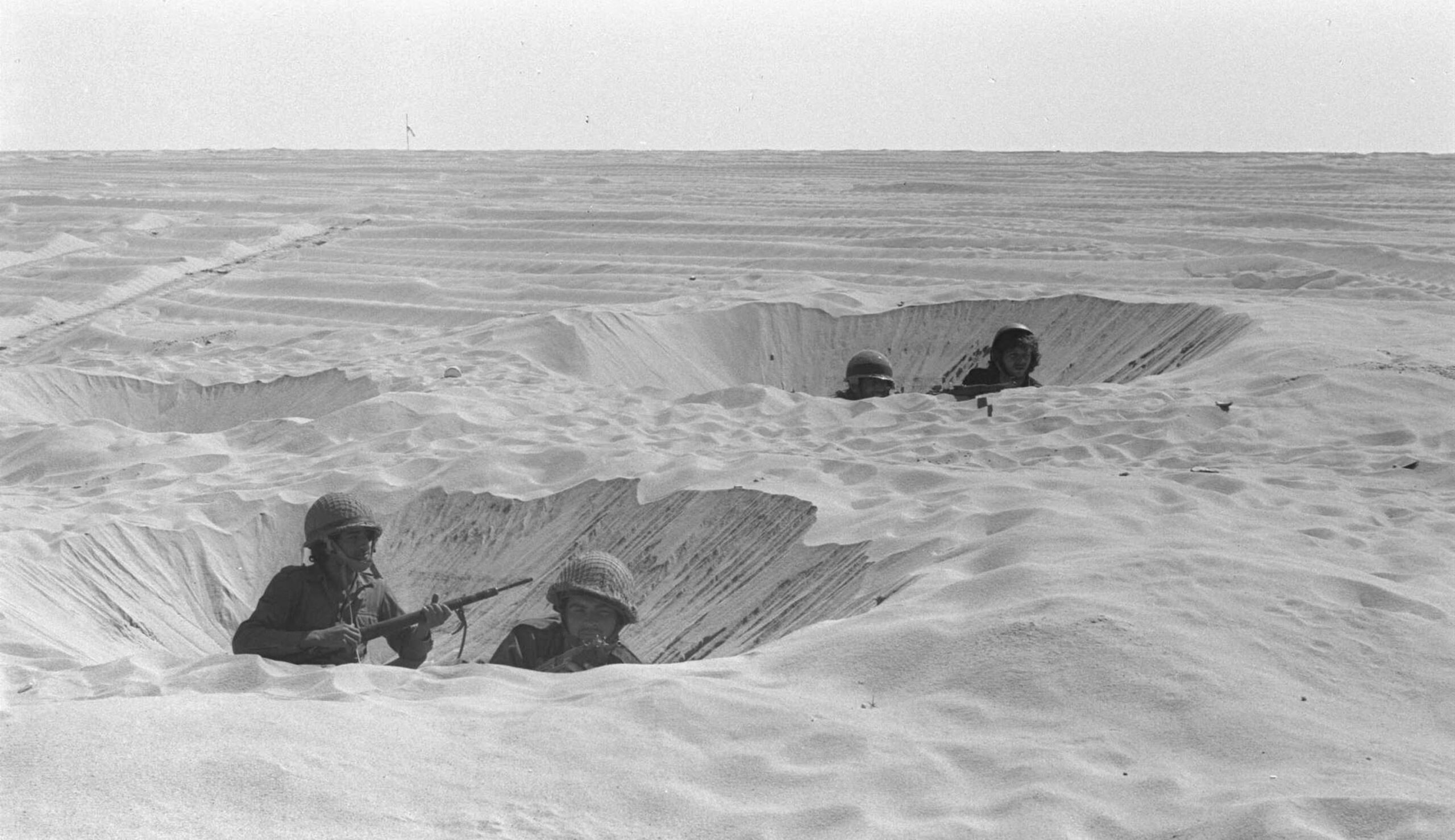Herod, the client of Rome who ruled Judea from 37 to 4 BCE, was both a brutal king and an enthusiastic builder, and his ambitious architectural projects can be found throughout Israel. Orit Peleg-Barkat explains his impact on Judean architecture:
While the Hasmoneans, Herod’s predecessors, made only restricted use of classical architectural decoration in their palaces at Jericho and elsewhere, Herod made much more extensive use of it. . . . The new forms of decorations that Herod introduced into the local architecture were mostly of particularly Roman origin, such as the stucco ceilings in the “coffer-style” and the console cornice. Other changes, such as Herod’s increased reliance on the Corinthian rather than the Doric order preferred by the Hasmoneans—probably reflecting [the contemporary Roman emperor] Augustus’ choice of the Corinthian order as representing the new Roman taste—also manifest strong Roman influence. . . .
However, the Roman influence on Herod’s architecture went deeper than what was sufficient to satisfy his Roman patrons. Building techniques, such as the use of underwater concrete for the harbor of Caesarea, . . . were introduced by Herod into local architecture, providing some of the first examples of such Roman traits in the East. This makes Herod a trendsetter. . . .
Herod’s decorative program had an impact . . . on the tastes of many of his subjects; the architectural decoration in cities such as Jerusalem demonstrates how the innovations introduced by Herod to the local architecture were embraced by the elites of those cities.
More about: Ancient Israel, Ancient Rome, Architecture, Herod, History & Ideas, Jewish architecture


